Despite Kev @kev07713 having already ticked green-winged teal a couple of times this year, there wasn't much else about within reach so he agreed we would go to Grafham Water where an individual had been reported in recent days.
The green-winged teal is a reasonably rare vagrant to the UK, turning up occasionally but with increasing regularity. The vertical white line on the flanks of the drake makes it stand out from the eurasian teal. Although superficially similar, the green-winged teal is a distinct species and was officially split by the BOU from eurasian teal in 2001. DNA studies in the late 1990s had revealed the approximate division between the two is at the Bering Sea.
It breeds in North America and winters further south into Central America and the West Indies. Green-winged teals have closely spaced, comb-like projections called lamellae around the inner edge of the bill. They use them to filter tiny invertebrates from the water, allowing the birds to capture smaller food items than other dabbling ducks.
We had planned where to park on arrival but found the gate to be closed - should have checked that bit. We'd passed some cars parked off the road on the verge as we'd approached and turned round to join them. Once we'd booted up, we were soon on the water's edge and scanning through the ducks - there appeared to be more birds to our left but as luck would have it, a ping on the phone alerted us that it had just been reported to our right, off the dam.
Grafham Water is England's third largest reservoir and has been designated as a Site of Special Scientific Interest (SSSI) for over 30 years. The western end features a 280-acre nature reserve and is home to ancient woodlands and reed beds. The nature reserve is managed in partnership with Bedfordshire, Cambridgeshire and Northamptonshire Wildlife Trust and several nature trails give access to seven bird hides.
It only took five minutes before we joined a couple of birders already in position, including the chap who'd posted the Birdguides update. We joined them in watching this small duck dabbling along the water's edge and on the side closest to us - what a change! The sun had still not cleared the trees or the dam wall and so our initial views were in shade/shadow. Gradually the sun climbed higher, and we could see the bird in its full glory. It was interesting to see the two teal species side by side.
The teal stuck close to shore and was occasionally caught by the waves as they grew in shallow water. There was supposed to be a great northern diver somewhere on site but scanning around it wasn't anywhere near us - we wouldn't go searching as there are easier birds to see, and we'd ticked some already this year. Alongside the teal on the water's edge was a common sandpiper, working up and down, in and out of the shadows. It was surprising to see how small it was compared to the ducks and black-headed gulls as it passed by.
There was little more to be gained by stopping here and so we started to make our way back to the car, meeting Nick @old_caley and Anne Truby @Dottydotterel on the way. We chatted for a while but eventually parted allowing them to go and tick the teal while we decided what to do next.
With nothing of note being reported nearby we decided to visit a Northamptonshire site that we often see mentioned on the WhatsApp Groups - Harrington Airfield. I drove passed the lane to the parking spot and had to turn round and come at it from the opposite direction. As we approached the gate and concrete parking area, we could see an tractor parked over the gate and we had to stop on the road verge until it left - Kev jumped out and talked with the driver to make sure we'd be OK parking where we planned.
As we put on our boots and coats, we heard a plane engine that we recognised - Rolls Royce Merlin - and looked up to watch a spitfire doing a loop-the-loop. Presumably this is a plane operating out of Sywell Aerodrome. Sywell Aerodrome dates back to 1928 and played a key role during the Second World War as an RAF flying training facility and an important centre for the repair of nearly 2,000 Wellington bombers during the war period. Sywell’s rich aviation history is still evident around the Aerodrome and displayed within the Sywell Aviation Museum which is located onsite and open to the general public.
The Grace Spitfire ML407 we’d seen was originally built at Castle Bromwich in early 1944 as a Mark IX single seat fighter and served in the front line of battle throughout the last twelve months of World War II with six different allied Squadrons of the RAF’s 2nd Tactical Air Force. ML407 flew a total of 176 operational combat sorties amassing an impressive total 319 combat hours. ML407 was delivered to 485 New Zealand Squadron on the 29th April 1944 by Jackie Moggridge, one of the top lady pilots of the Air Transport Auxilllary (ATA), where it became the ‘mount’ of Flying Officer Johnnie Houlton DFC who was accredited, whilst flying ML407, with the first enemy aircraft shot down over the Normandy beachhead on 6th June D-Day.
A select team of pilots fly the Grace Spitfire for various displays, Airshows and passenger flights. Ultimate Warbird Flights operate a business operating experience flights with vintage aircraft, including this spitfire.
Onto the path through some trees, and up the slope we went. We had so many dunnocks, starlings and then a group of 10 red-legged partridge. Fieldfares dropped from the trees into the fields and red kites plus buzzards cruised and circled in the thermals, one buzzard being quite vocal. We reached some hay bales stacked high, wide, and long - in the distance we spotted a peregrine on top of another hay structure - as I took some photos it took to the wing and flew and landed on a straw cube closer in front - such a stunning bird. In just a minute or two it was off.
We saw a raptor land ahead on the hay and largely out of sight and assumed it was the peregrine again. As we approached the bird it took to the wing, and we found it was actually a kestrel. Quite a number of birds using these structures.
We wandered around the area and the concrete pads and bunkers but found nothing of particular note - perhaps the wrong time of day too. We eventually returned back down the hill to the car having investigated the site and now armed with layout should anything be reported here soon.
We decided to finish our day at Hanging Houghton - harriers, short-eared owl and merlin are reported in the area from time to time, and I wanted Kev to know where this was - I'd been a few years back to see the long-staying great grey shrike. We parked up and scanned the fields seeing flocks of linnets, jays, red kites, buzzards, amongst others.
We waited and another couple of cars arrived with one containing Stuart Munday @MundyStuart. We had a long chat to Stuart as we hadn't seen him in person since we met at Summer Leys for the purple heron. Amongst other birds we could see in the fields and hedgerows, we picked out a kestrel and peregrine in a very distant tree. We had views through Kev's scope and eventually Kev convinced me to take a photo – very much a record shot.
We waited past sunset hoping perhaps for an owl, but nothing came into view. We said our goodbyes and called it a day. An unusual birding day compared to those of late but enjoyable, nonetheless.
Year List: 275




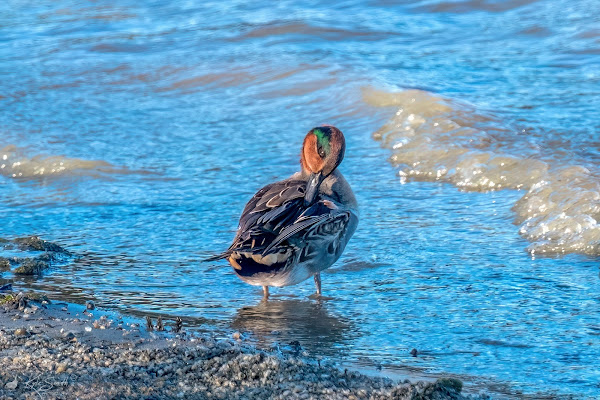
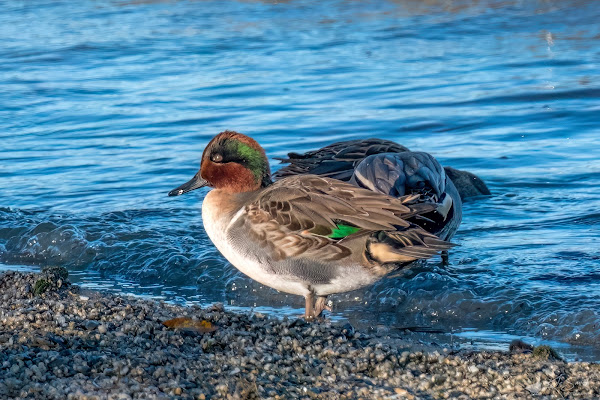
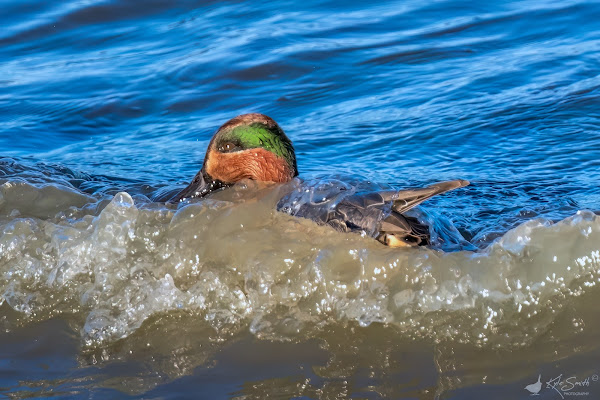
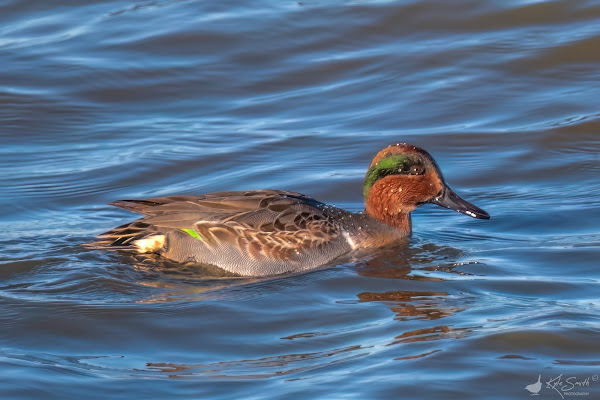
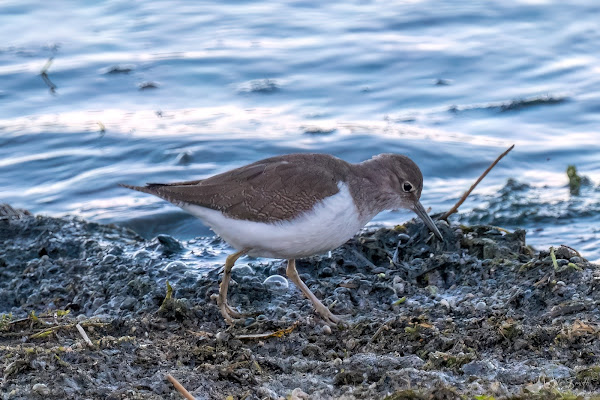

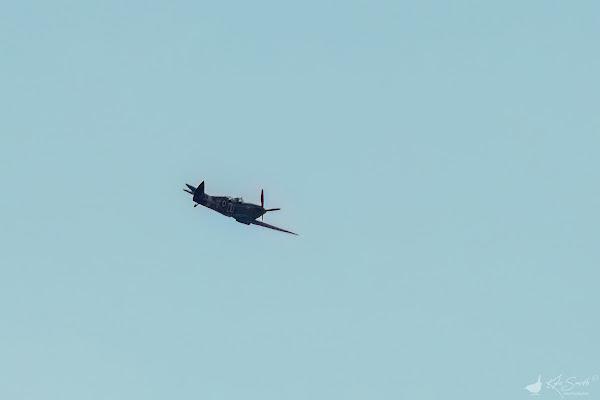


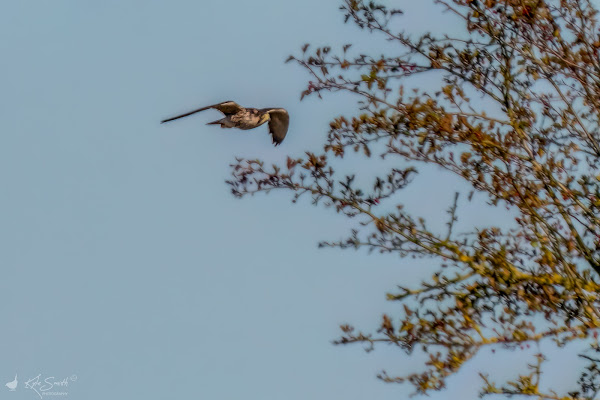



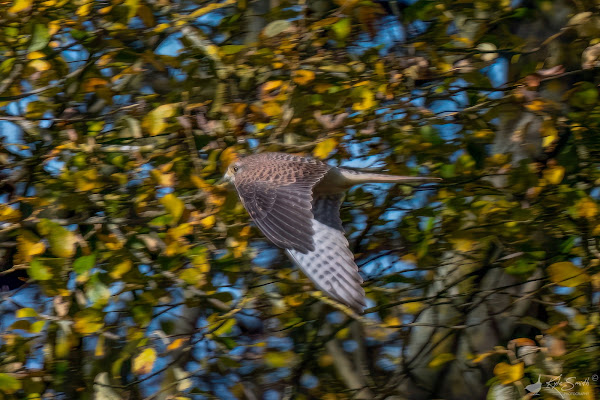

No comments:
Post a Comment